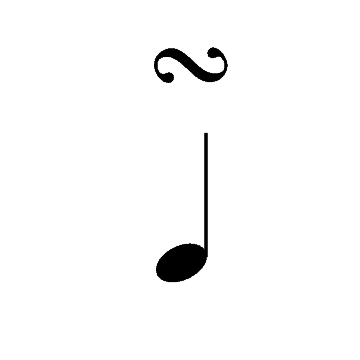What will be your first scale of the new year? Do you ever feel that practicing scales becomes a bit stale after falling into a comfortable routine? I have to confess – some days I substitute my routine in favor of other kinds of exercises in order to feel fresh and engaged during the warm-up.
Some time ago, I was studying a chamber music piece from the Classical era in which the violin part had a section filled with embellishments – chromatic turns outlining descending arpeggios, to be specific. These ornaments caused me to stumble, and more than a few times. I was frustrated that a fairly “straight-forward” movement suddenly became very challenging. Any amount of routine scale practice (Galamian, Flesch, or Heifetz) wouldn’t have prepared me for this kind of passage. Instead of looking for an appropriate etude, I decided to come up with some new scale exercises.
Continue reading “Scales With Embellishments (part 1)” →


